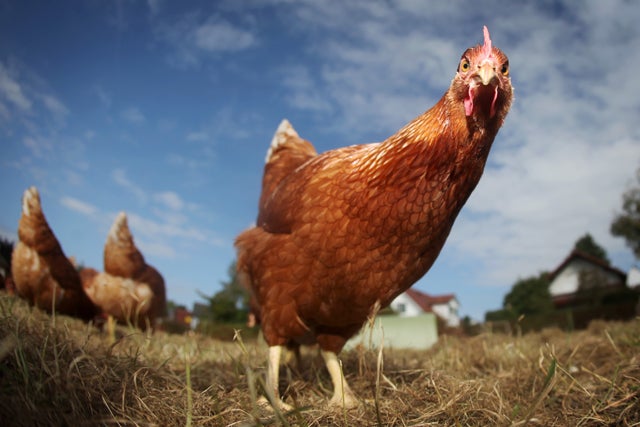Congress is currently fighting over the future of U.S. farm programs. In 2011, taxpayers subsidized farmers to the tune of $10.4 billion in government payments.
Imagine if the government had a way to increase payments to farmers while reducing taxpayer subsidies to zero.
Such a policy exists. It’s called free trade.
From 2004 to 2011, U.S. agricultural exports grew by an average of $10.7 billion per year.
In other words, during the past seven years U.S. export growth boosted agricultural income as much as if the government added an entire new farm program every year.
While there’s no guarantee that exports will continue to grow at that rate, foreign markets are an important and growing source of income for agricultural producers. Today, 31 percent of U.S. gross farm income comes from exports, despite U.S. opposition to free trade in agriculture (as demonstrated by tariffs on products like milk, sugar, and tomatoes). These U.S. tariffs don’t just make Americans pay more for food; they encourage other countries to impose similar trade barriers on U.S. products and prevent exports from growing even more.
“We cannot feed 9 billion people without open trade,” observed David MacLennan, president and COO of Cargill. “We encourage governments to advance policies that will help the world realize the benefits of trade flows, which include better access to safe, affordable and nutritious food for all.”
That’s why lawmakers should rally around the best strategy to boost income for farmers and ranchers: free trade.































